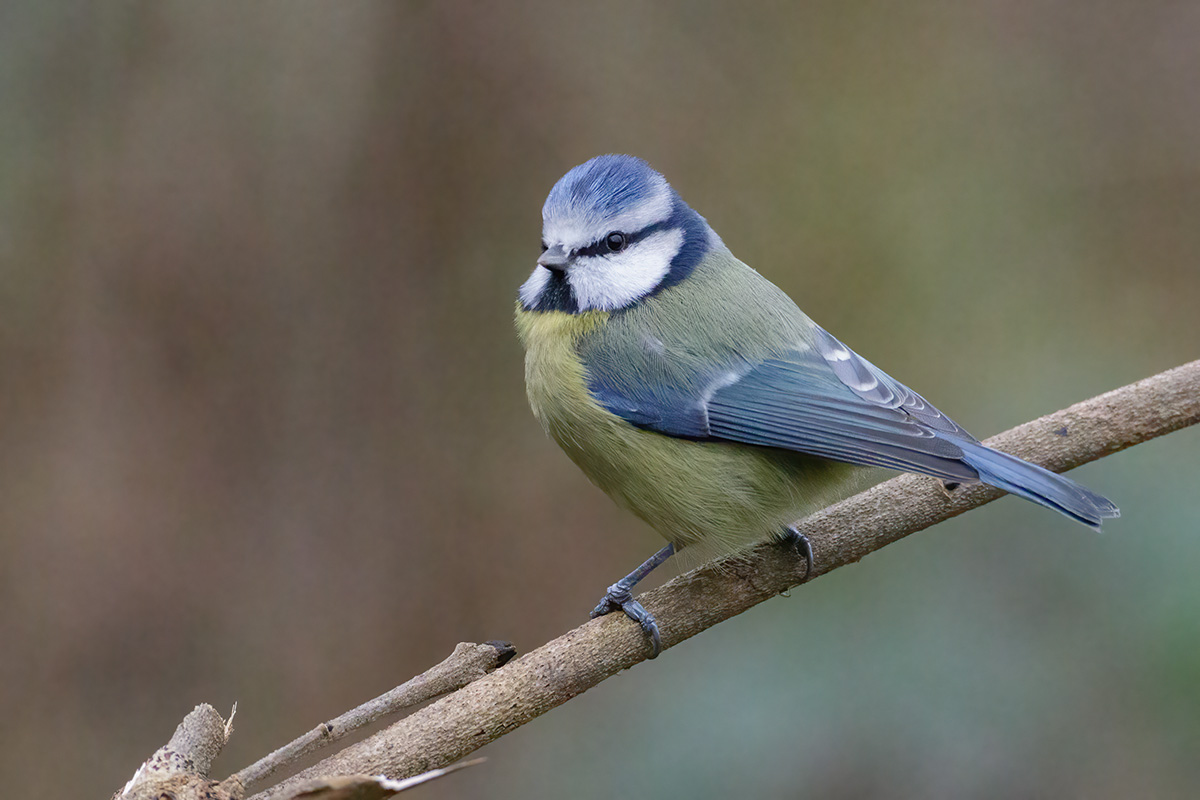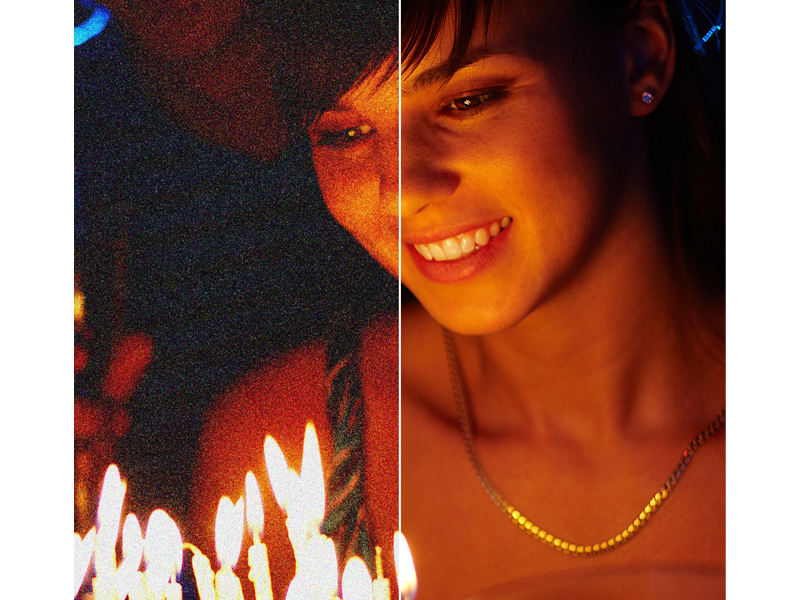

#VIDEO DENOISE DOWNLOAD#
To this, we process the videos in Dynamic20 and Static15 with the real-world application, i.e., YouTube.Įspecially, we upload the sRGB videos in Dynamic20 and Static15 to YouTube, and APIs in YouTube will process these videos with several operations (e.g., compression), and we then download them with the option of “1080P” to obtain the videos undergoing complex and agnostic post-processing since the processing pipeline in the YouTube is black-box. 4, go beyond existing works, we aim to evaluate the denoising performance on videos with post-processing in the sRGB domain, and the corresponding post-processing operations should be agnostic and not appear during the training to simulate the practical situation. Note that both Dynamic20 and Static15 are constructed without post-processing pipelines. Removing either the color temperature computation module or ACES tonemapper increases this distanceģ.2 Realistic Noise Synthesis 3.2.1 RAW noise synthesis.

(c) Average normalized per-pixel L 2 distance between our ISP output and that of real camera ISP across 38 different scenes. (b) Comparison between sRGB images produced by our modified synthetic ISP and the real camera ISP. (a) Modified ISP pipeline to produce sRGB videos. With SNR value as 48.46dB, it demonstrates that our captured videos can be employed as the ground truth. Focal length is adjusted by the camera’s built-in auto-focus module to avoid out-of-focus blur.įurthermore, we also compute the SNR for the videos in our PVDD dataset, obtaining the signal by denoising them by SOTA video denoising network.
#VIDEO DENOISE ISO#
For example, the aperture size is usually set between 4 and 6 to increase the amount of incident light received by the sensor, and the ISO is set below 400 to eliminate random noise. Camera setting, such as aperture, ISO and focal length, is adjusted to minimize the noise level of the captured videos. We control the camera motion slowly to avoid visible motion jittering or motion blur. We capture the video by hand-held shooting to introduce additional camera motion with more complexity than conventional rig capture. The result still falls behind that of supervised ones. Self-supervised video denoising was explored. Results of supervised methods on real noisy videos largely depends on the training data. These approaches either take simultaneously multiple frames as input, which are jointly processed by the model, or use information from previous frames as the additional input. Since accurate per-pixel motion estimation is challenging, methods with implicit motion modeling are also proposed.

Most video denoising techniques estimate pixel motions between adjacent frames via, for example, non-local matching, optical flow, kernel-prediction networks and deformable convolutions. The per-pixel flow in every frame of PVDD is computed via a representative OpenCV algorithm Motion statistics in PVDD in terms of motion phase and magnitude, exhibiting the richness of natural motion. (b) Frames from CRVD are captured at discrete time instances and only contain simple and overly large frame-to-frame foreground motion (a) Frames from PVDD are captured in video mode, containing complex natural motion. Figure 2:Įxample frames and corresponding optical flow maps from PVDD and CRVD. However, no existing datasets take this important fact into consideration yet when collecting data. Recent work further shows that the denoising networks trained with the Poisson-Gaussian noise distribution assumption achieve comparable results with networks trained on data degraded by real noise in the RAW domain. , shot noise in RAW format can be modeled by Poisson distributions and read noise follows Gaussian distributions.


 0 kommentar(er)
0 kommentar(er)
